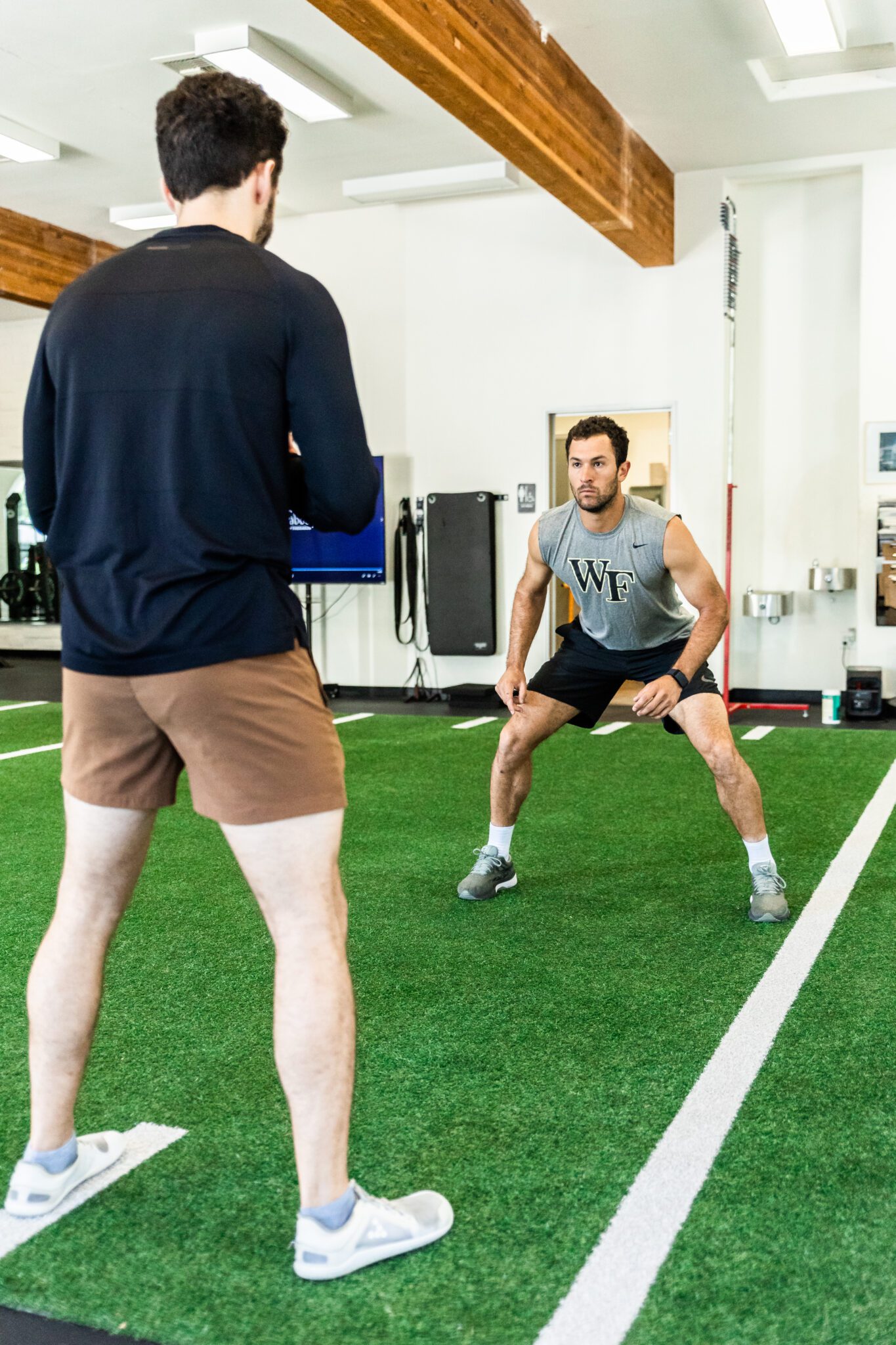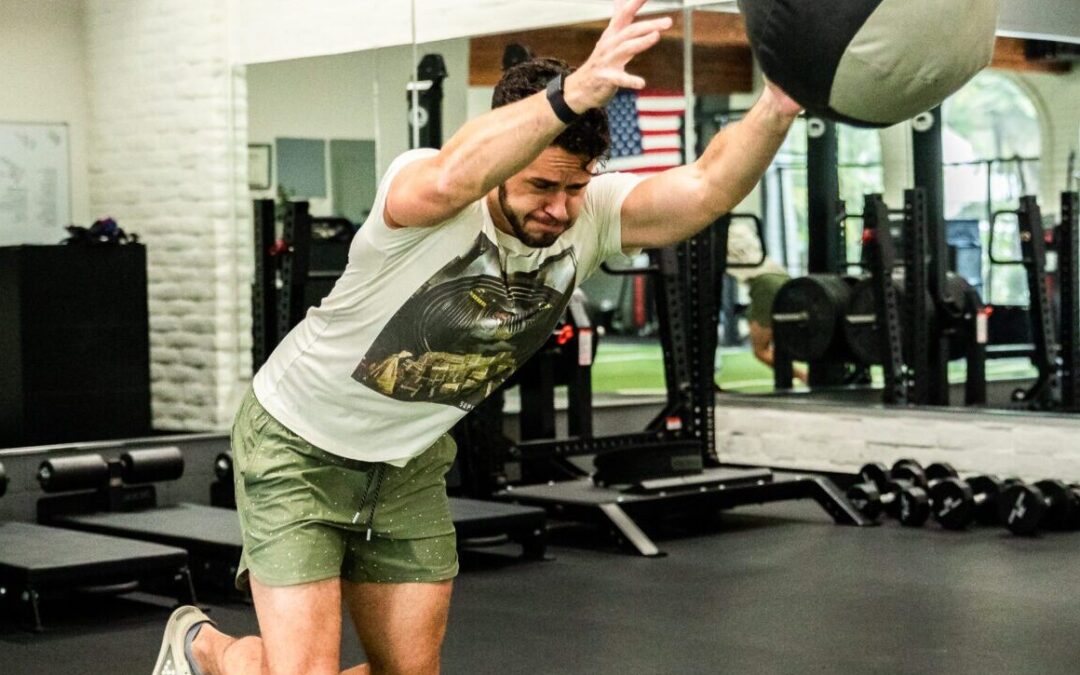Table of Contents
Every form of athleticism and high performance requires both speed and agility. Having the abilitiy to accelerate, reach a faster top-end speed position, stop, cut, and change directions usually decides who wins and loses in the context of sport performance. Speed and agility training at the foundation level does not need to be complicated. My breakdown of the top three pillars behind speed and agility training can improve anyone’s athleticism and their performance regardless of sport.
Speed and Agility Training
What is Speed? What is Acceleration?
“Speed is the rate of change of distance with the respect to time, whereas acceleration is the rate of change in speed with respect to time” according to Bartlett. Irregardless of your sport, athleticism, or training age, improving in these areas with speed and agility training can help you on linear movements. Covering long distances and beating out your opponnent are seperators in sports like soccer, american football, or rugby. Creating seperation or covering short distances in a small time frame as fast as possible are key traits to build in sports like tennis, basketball, baseball, and ice hockey.
What is Agility?
Agility does not have a global definition, but is considered a quality where one possesses the skills to change direction, start, and stop rapidly. This is required in almost most sports where movement on the field can improve both offensive and defensive abilitities to change the outcome of a play or game. Research has shown mixed outcomes to speed and agility training to improve metrics. When approaching agility, focusing on planned (closed) and unplanned (open) skills and drills help improve the cognitive and neuromuscular skills of an athlete.

My Top 4 Pillars for Speed and Agility Training
Building Non-Counter Strength For Acceleration
Starting from a dead-stop for speed and agility training allows a person to build initial strength and power: acceleration. Movements like half-kneeling, push-up position, tall kneeling, and supine (ordered easiest to hardest) are some positions you can start from in your speed and agility training. Adding resistance with a medicine ball, light resistance band, or bungee in certain situations creates more stress and more adaptation.
Practicing Build-Ups
Achieving top-end speed in breakaway scenarios like in football, american football, rugby, and lacrosse can lead to changes in performance outcomes. Practicing “build-ups” in both linear and curvilinear enviornments are a staple in my speed and agility training program for athletes. Most plays or events do not happen in a straight line and training for both small curves and straight lines can give experience to the athlete in game-simulated situations.
De-Acceleration
The ability to stop momentum from either a submaximal or maximal speed in a small window is one half of the equation for speed and agility training. Having different start positions regardless if it is relative to your sport will enhance neuromuscular coordination and athleticism. Speed and agility training does not need to be constantly “sport-specific” – most injuries are non-contact and in most cases are a result of awkward positions of landing, de-acceleration, or changing direction.
Closed to Open Change of Direction
Speed and agility training requires cognitive awareness, neuromuscular coordination, anticipation, and decision-making skills. Giving the road-map of a drill to an athlete prior to decision making is made allows for them to practice the hard skill before any creativity or cognition is required. Moving to an environment where they have to make decisions now requires de-acceleration, acceleration, and speed on top of those previously mentioned requirements in speed and agility training.
Final Thoughts
Speed and agility training requires a lot of cognitive and physical abilities that need to be trained both in the weight room and out in the field. Some studies have suggested that single-leg strength and power can also help contributed to lateral movement during change of direction – to which I’ve written about in some previous blog articles about strength and change of direction. Taking a systemic progression model for your speed and agility training will help you not only become a better athlete for your sport but also reduce the likelihood of injuries.

